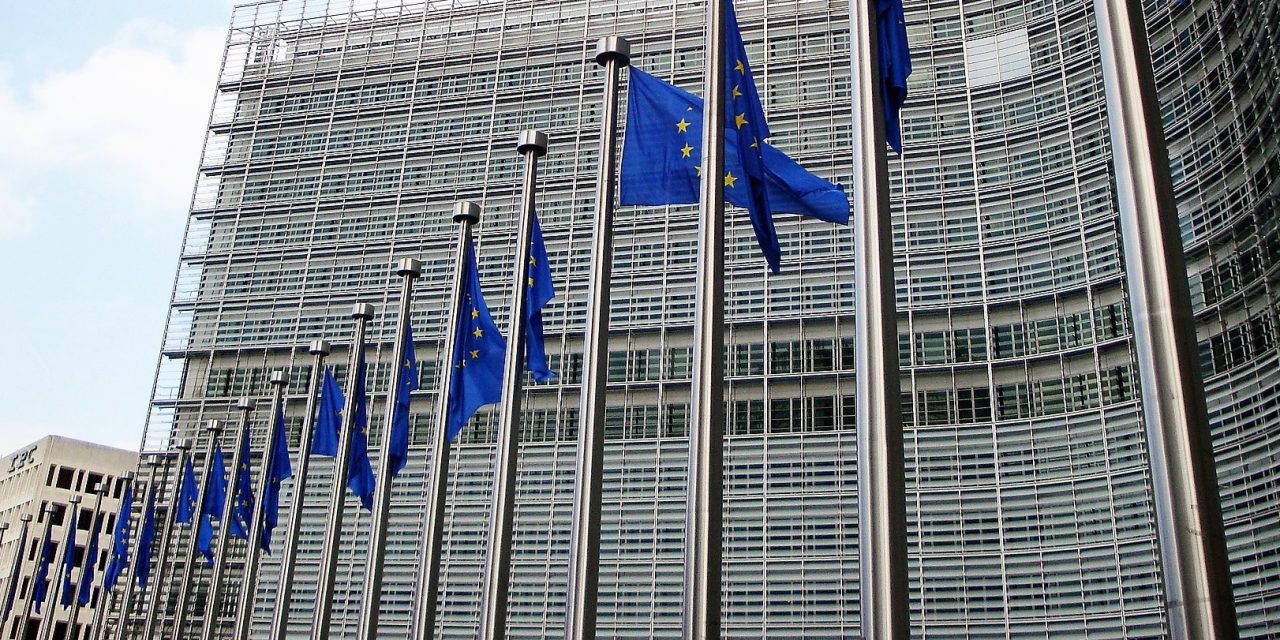
The Insolvency Directive

The EU Council has established a position on the Insolvency Directive. The directive is intended to help restructure companies which, despite good repute, have gone bankrupt. The new rules are intended to provide Member States with greater freedom in drafting national regulations.
In Poland, the objectives set out in the draft directive are largely achieved, thanks to the amended bankruptcy law and the introduction of restructuring law in 2016. The entry into force of the Directive will oblige the Polish legislator to introduce significant changes. The most important of these changes include:
- the possibility of “suspending” enforcement at the stage of informal and formal pre-insolvency proceedings (procedure for approval of the agreement);
- the need to adopt a uniform instrument in the form of a restructuring plan, which will currently include two separate instruments, namely a restructuring plan and an arrangement;
- making the model restructuring plan available, in particular for small and medium-sized enterprises;
- the possibility of extending the agreement to material creditors and shareholders (economic owners of the company);
- extending the responsibility of company managers;
- creating something like an “application” for restructuring advisors.
Source: www.prawo.pl/biznes/upadlosc-przedsiebiorstw-beda-zmiany-za-dwa-lata,313935.html













